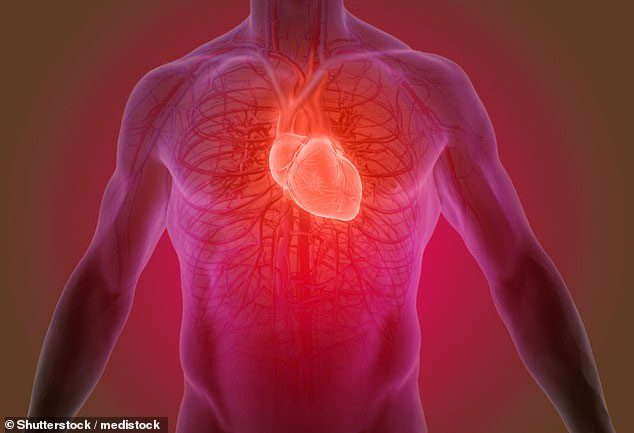Scientists have developed a biodegradable glue that can regenerate tissue and heal damage caused by heart attacks.
The Daily Mail reports that a research team at the University of Manchester and the British Heart Foundation has invented a special glue made from amino acids, which can directly deliver new cells into a damaged heart, allowing them to thrive and grow.

The glue will secure the cells in place as they work to regenerate heart tissue. (Illustrative image – Shutterstock)
In a recent study presented at the British Cardiovascular Society conference, the team revealed that they added human cells—pre-determined to become heart muscle cells—into the glue and cultured them in a petri dish for three weeks. After this period, the cells began to beat naturally.
Historically, when cells were injected directly into the heart, only 1% remained at the original site and survived.
However, with the new glue, it can be injected into the heart in liquid form and then solidify. The glue will secure the cells in place as they work to regenerate heart tissue.
When the research team injected this glue into healthy mice, they observed that it remained in the heart for up to two weeks. Procedures such as echocardiograms and electrocardiograms confirmed that the injection was safe.
Research leader, Ms. Katharine King, stated: “Although we are still in the early stages, this new technology has great potential in preventing heart failure.”
They currently plan to test this treatment method on mice immediately after a heart attack to see if the heart cells can develop new muscle tissue and help restore the heart’s pumping ability.
Professor James Leiper, Deputy Medical Director of the British Heart Foundation, remarked: “We have come a long way in treating heart attacks, and more people are being saved than ever before. However, this also means that many people are surviving with a damaged heart and are at risk of developing heart failure.”
According to Mr. Leiper, if cell injection technology is scaled up in further studies and applied to humans, it could become one of the treatment methods for damage caused by heart attacks.



















































